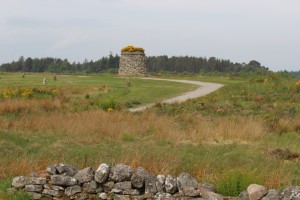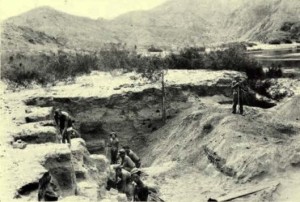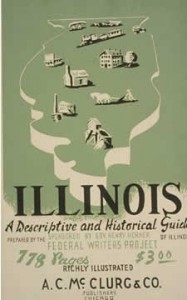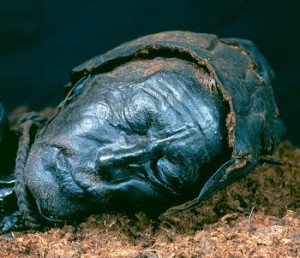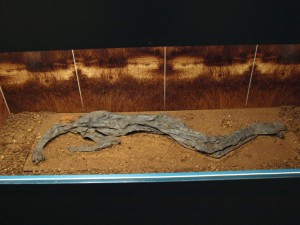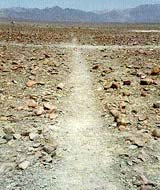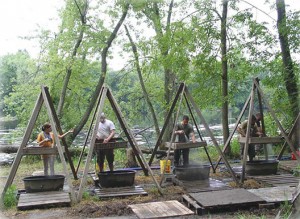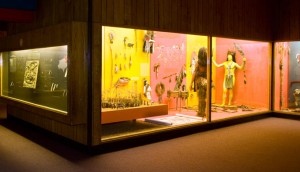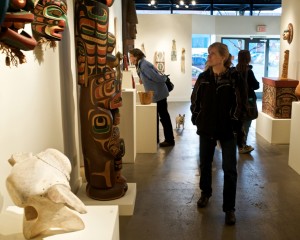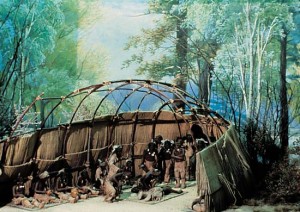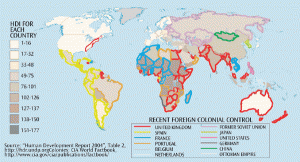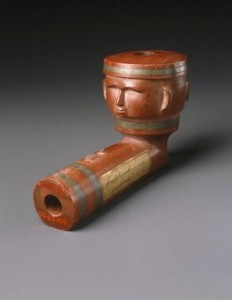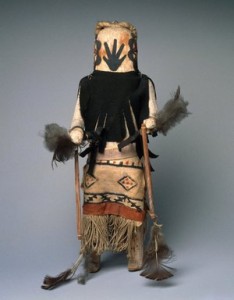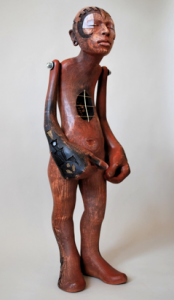Much like any other social science, archaeological theories are constantly changing. Recently, our chronological understanding of Neanderthals has been drastically altered.
Neanderthals are the predating cousin to modern day humans, formerly found in regions ranging from Spain to Siberia. They made their first appearance in the fossil record 230,000 years ago, suffered a large population decrease 50,000 years ago, and until now were thought to have disappeared 30,000 years ago. However, new studies have concluded that the disappearance of Neanderthals was actually 10,000 years previous to what had been assumed: 40,000 years ago.

This new evidence was found through analysis of tools and bones, stratigraphy, and radiocarbon dating. 196 new pieces of animal bone were found conclusive with Neanderthal tool markings based on the apparent cut marks. The problem with samples previously found was that they didn’t follow the law of superposition, such that the deeper layers were actually dated to be more recent than higher layers. This meant that the source of information wasn’t exactly reliable for purposes of relative dating. However, the stratification of the matrix where the new samples were found are accurate in that they follow the law of superposition. This was determined by radiocarbon dating of volcanic ash layers. The process of radiocarbon dating was developed by Willard Libby in 1949. This technique gives absolute date information by comparing the amount of carbon-14 present in a substance. The isotope’s half life is 5730 years, which is used in determining age. With this information and calibration to avoid pitfalls in deviation, the age of a substance can be given in calendar years based on today’s date.
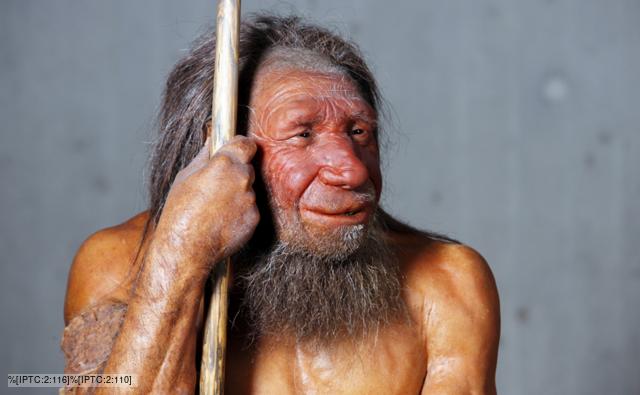
Through methods of radiocarbon dating and the new fossil finds, we now have that much more information about the human experience and how we are connected to other walks of life. Based on this information, more is now known about the overlap between the first homo sapiens and Neanderthals based on the amount of time they coexisted. Genetic evidence has already been shown that there was some mating between Neanderthals and early humans during the brief period of interaction before the Neanderthal extinction. In fact there are still genetic traces in humans today among one to two percent of people of non-African origin. The theory that this interbreeding occurred 60,000 years ago is now affirmed by shortening the time period of Neanderthals’ extinction.
To learn more about the time in which overlap occurred between humans and Neanderthals, check out these articles:
http://news.discovery.com/human/evolution/how-neanderthal-dna-changed-humans-140129.htm
http://humanorigins.si.edu/evidence/genetics/ancient-dna-and-neanderthals/interbreeding
Image Sources:
http://ichef.bbci.co.uk/naturelibrary/images/ic/credit/640×395/n/ne/neanderthal/neanderthal_1.jpg
http://www.zafarrayaneanderthal.com/neanderthalrange.gif
Information Resources:
http://news.nationalgeographic.com/news/2014/08/140820-neanderthal-dating-bones-archaeology-science/

